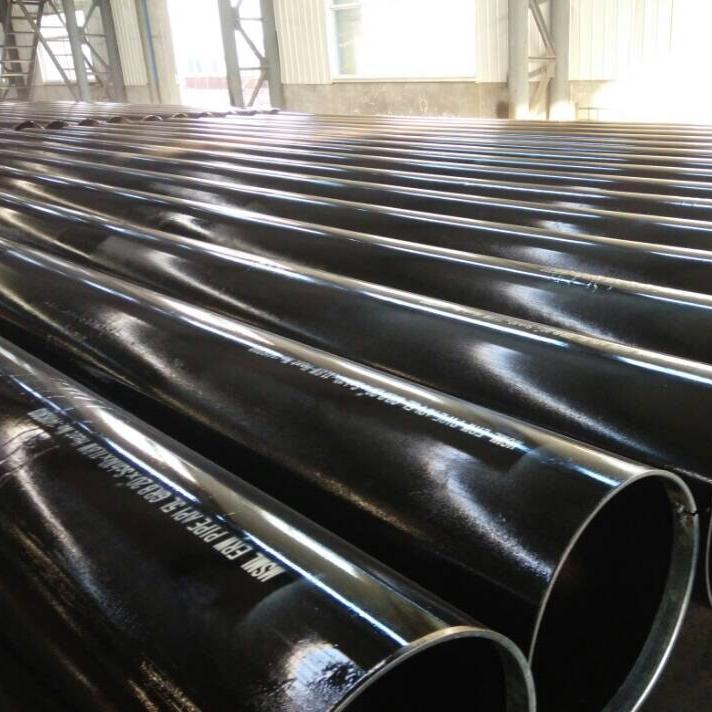7 月 . 31, 2024 23:02 Back to list
API 5L SCH 40 Seamless Carbon Steel Pipe Specifications and Applications Overview for Industries
A Comprehensive Overview of API 5L Specification for Seamless Carbon Steel Pipe
Seamless carbon steel pipes have become indispensable in various industries, including oil and gas, construction, and manufacturing. Among the myriad of specifications governing the production and use of these pipes, the American Petroleum Institute (API) Specification 5L stands out. This standard is crucial for ensuring the quality, reliability, and performance of seamless carbon steel pipes, particularly in high-pressure and high-temperature applications.
API 5L was first established in 1927 and has evolved over the years to accommodate the complexities of modern piping systems. The specification governs the manufacturing of both seamless and welded steel pipes intended for the transportation of oil, gas, and water. Its scope is broad, catering to various grades of steel, each designed to fulfill distinct requirements based on the intended application.
A Comprehensive Overview of API 5L Specification for Seamless Carbon Steel Pipe
One of the significant advantages of using seamless carbon steel pipes, as outlined in API 5L, is their structural integrity. Unlike welded pipes, seamless pipes are formed from a solid round steel billet that is heated and then pushed or pulled over a form until it becomes the desired length and diameter. This process eliminates the possibility of weld defects, which can compromise the pipe’s strength and reliability. Consequently, seamless pipes are often preferred in critical applications where safety is paramount, such as in deep-water oil drilling and high-pressure gas lines.
api sch 40 seamless carbon steel pipe

API 5L also specifies rigorous testing and quality control measures to ensure the integrity of the pipes. Each batch of finished products undergoes stringent tests, including non-destructive testing, mechanical property testing, and hydrostatic testing. These tests are crucial not only for affirming the mechanical properties of the pipes, such as strength and ductility but also for detecting any flaws or inconsistencies that could lead to failure in the field.
Moreover, the API 5L specification categorizes pipes based on their intended service. For instance, PSL 1 (Product Specification Level 1) is intended for non-critical applications, while PSL 2 is meant for more demanding service conditions. This distinction is essential for engineers and project managers when selecting the appropriate pipe for a specific application, ensuring both safety and efficiency.
The demand for API 5L seamless carbon steel pipes continues to rise, driven by the ongoing expansion of the global oil and gas industry. As exploration and extraction activities move into more challenging environments, including offshore and deep underground locations, the need for reliable, high-strength piping solutions becomes increasingly important.
In conclusion, API 5L seamless carbon steel pipes represent a crucial component in the infrastructure of industries reliant on the transport of fluids. By adhering to this specification, manufacturers can ensure that their products meet high standards of quality and performance, ultimately contributing to the safety and efficacy of critical operations. As industries evolve and grow, API 5L will undoubtedly continue to play a vital role in defining the standards and practices surrounding seamless carbon steel piping solutions. As new challenges emerge in materials science and engineering, API may adapt its specifications, ensuring that it remains at the forefront of industry standards.
-
High Quality Mild Steel Pipe Manufacturers in China for Exporting Premium Industrial Solutions
NewsAug.01,2024
-
Exploring Key Characteristics of Wholesale API Steel Pipes for Your Business Needs
NewsAug.01,2024
-
Current Wholesale Prices for ERW Steel Pipes in the Market Right Now
NewsAug.01,2024
-
Exploring the Diverse Applications and Benefits of China Round Steel Pipes in Construction and Industry
NewsAug.01,2024
-
Top Quality API 5L ERW Steel Pipe Manufacturer Offering Reliable and Durable Solutions for Your Needs
NewsAug.01,2024
-
Reliable Supplier of Premium Quality Concrete Pipes for Durable Construction Projects
NewsAug.01,2024